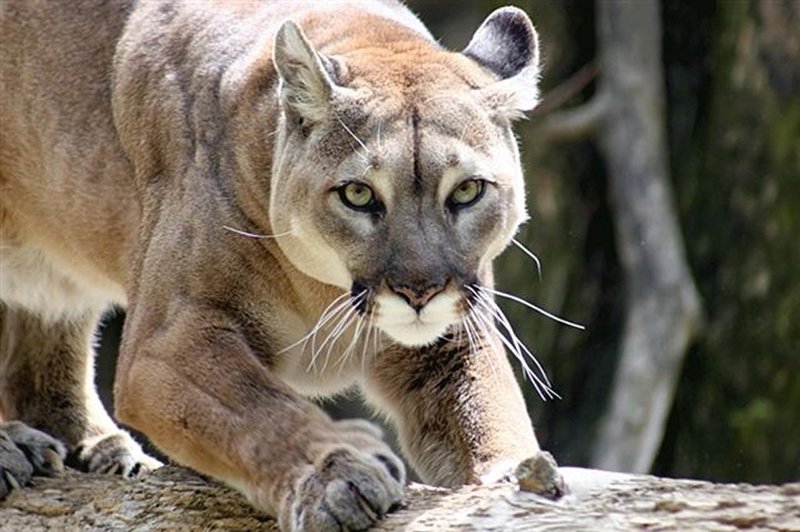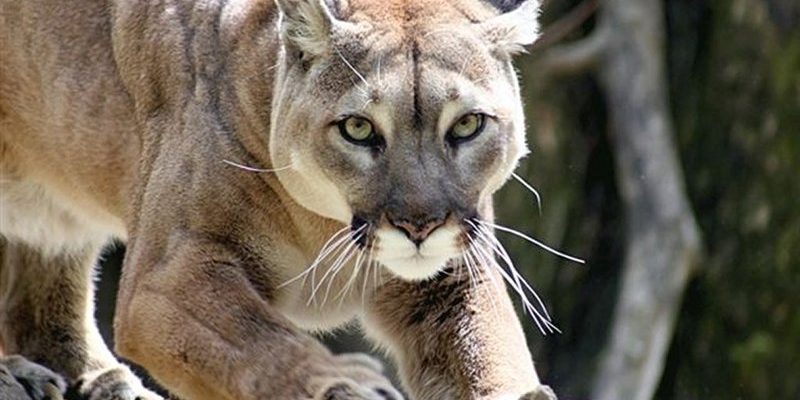
Pumas are masters of survival, and they have some remarkable traits and behaviors that help them cope with extreme weather, rugged terrains, and scarce food sources. So grab a cup of coffee and let’s dive into the fascinating world of pumas, exploring how these majestic animals navigate through harsh environments and what makes them such adaptable survivors.
Adaptability: The Key to Survival
Pumas are known for their incredible adaptability. This means they can adjust to different environments and conditions. Whether they’re in the snow-capped Rockies or the sun-soaked deserts of the Southwest, pumas find ways to make it work. They can change their hunting strategies based on the available prey and environmental challenges.
For example, in a snowy habitat, a puma might rely more on stealth and ambush tactics when hunting deer, whereas in a desert, it may need to be more opportunistic, hunting smaller animals like rabbits. This flexibility allows pumas to thrive where fewer animals can survive. They’re like the ultimate survivalists, always ready to adjust their game plan.
Range and Territory
Pumas have one of the largest ranges of any wild cat in the Americas. This range allows them to move to areas where food and shelter are more plentiful. Their territory can span hundreds of square miles. It’s crucial for a puma’s survival to have space to roam, especially when food is scarce, or when they need to find mates.
Here’s the thing: a puma typically roams alone, marking its territory with scent to ward off other pumas. If it runs into a tough time, it can always shift to a new area to find better resources. It’s like having a safety net—if one spot isn’t working out, there’s always the next adventure waiting around the corner.
Physical Adaptations for Harsh Conditions
Pumas have some unique physical adaptations that help them thrive in challenging environments. Their powerful muscles and flexible bodies allow for impressive agility. Whether leaping over a rocky terrain or climbing trees to escape danger, these felines are built for action.
Their coat, often a tawny color, acts as perfect camouflage in varied landscapes. This helps them blend in with their surroundings, making it easier to sneak up on prey. Plus, their large paws and claws are designed for traversing various terrains, whether it’s soft sand, rocky mountains, or deep snow.
Temperature Regulation
You might be wondering how pumas handle extreme temperatures. Well, they have some clever tricks up their sleeves. In colder climates, a puma’s thick fur keeps it warm, while in hotter regions, they tend to be more active during the cooler parts of the day—like early mornings and late evenings. They know how to balance their activity to conserve energy and avoid overheating.
They also have a great sense of hydration. Pumas are skilled at finding and conserving water sources, which is crucial, especially in arid environments. Getting enough water can be a matter of life and death for these animals. So, when the sun blazes, they know how to stay cool and hydrated.
Hunting Skills and Diet Flexibility
Pumas are primarily carnivorous but have a surprisingly flexible diet. Their primary prey includes deer, but they also hunt smaller animals, such as rabbits, birds, and even livestock when necessary. This flexibility is a critical survival strategy—if one food source becomes scarce, they can adapt and turn their focus to others.
Their hunting skills are top-notch. Pumas rely on stealth and patience, often stalking their prey before launching a quick and powerful attack. They can leap distances of up to 40 feet, surprising unsuspecting animals. This incredible hunting prowess is essential for their survival, particularly in areas where prey can be sparse.
Social Behavior and Communication
While pumas are generally solitary animals, they still have social behaviors that play a crucial role in their survival. They communicate with each other through vocalizations, like growls and screams, as well as through scent markings. This helps define territorial boundaries and signals readiness to mate.
During mating season, males and females will seek each other out, navigating the rugged landscapes to find potential partners. After mating, the female will raise the cubs alone, showcasing both independence and remarkable maternal instincts. This social structure helps ensure the survival of future generations, as the strong genes of adaptable pumas continue to thrive.
Conservation and Human Influence
Despite their toughness, pumas face significant challenges due to human activities. Urbanization, habitat destruction, and conflicts with livestock pose serious threats to their populations. Conservation efforts are essential to protect these magnificent creatures and their habitats.
You might wonder how you can help. Supporting wildlife conservation organizations and advocating for responsible land use are great steps. Awareness and education can go a long way in helping people understand the importance of pumas in our ecosystem. Every bit helps to ensure that these resilient cats can continue to thrive in their harsh environments.
Pumas are truly remarkable animals, demonstrating how adaptability, physical prowess, and sharp instincts can help them survive in even the toughest conditions. Their ability to think on their feet and adjust to new challenges is something we can all appreciate. Just like pumas, we all face our own “harsh environments,” whether in nature or life, and finding ways to adapt is key.
As we move forward, let’s remember the importance of preserving their habitats and supporting their survival. After all, these big cats are not just powerful predators; they’re a vital part of our natural world, reminding us of the beauty and strength of truly wild animals.

